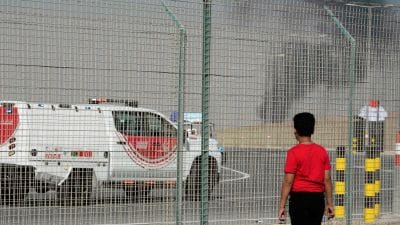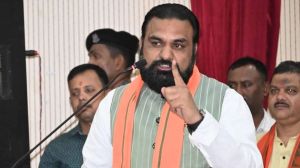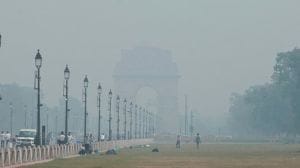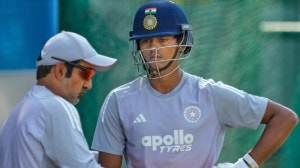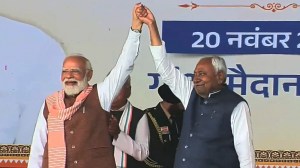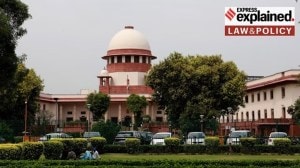Assam delimitation: Why 2001 Census, why no wait for NRC now, asks Oppn
“After 2011 and 2021, if we go by 2001, it will be unjust. The government should consider whether this delimitation will serve any meaningful purpose,” Cong leader Debabrata Saikia says, noting that seats can't be increased in this exercise
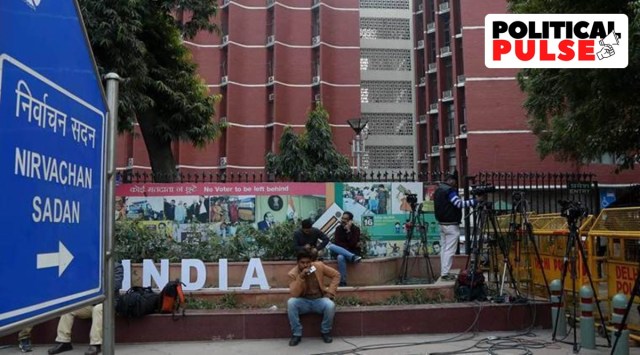 delimitation has not been held in Assam since 1976 which, in turn, was based on the 1971 Census. (File)
delimitation has not been held in Assam since 1976 which, in turn, was based on the 1971 Census. (File) WHILE welcoming the start of the delimitation process in Assam, Opposition parties in the state have questioned the decision to go ahead without addressing the question of the stalled National Register of Citizens (NRC). The last time the delimitation was attempted, in 2008, the BJP among other parties had opposed the move saying it should be held only after the NRC exercise – to weed out illegal immigrants – was completed. The parties had also cited law and order problems in the state, saying this would affect the process.
Consequently, delimitation has not been held in Assam since 1976 which, in turn, was based on the 1971 Census.
Questions have also been raised about the decision to use the 2001 Census for the delimitation exercise, as part of Section 8A of the Representation of the People Act, 1950, which only allows reorientation and rules out any increase in the total number of parliamentary and Assembly constituencies. Opposition parties say this defeats the entire purpose of the exercise.
Ahead of the 2021 Assembly polls, which voted it back to power, the BJP had promised to initiate delimitation in order to protect “political interests of the people”.
Senior Congress leader Debabrata Saikia told The Indian Express that while delimitation in Assam was the need of the hour, it made little sense using the 2001 Census figures, given that the 2011 Census was available and the 2021 Census process was on, after which the number of constituencies can be altered.
“After 2011 and 2021, if we go by 2001, it will be unjust. The government should consider whether this delimitation will serve any meaningful purpose, and should government money be used twice (after 2021),” he said.
The delimitation in Assam, three other Northeast states, and J&K had been deferred in 2008, given the situation in the states, even as it was held in the rest of the country. At the time, 2001 was to be the basis of the delimitation exercise. However, in the case of J&K, where delimitation was recently completed, the EC had used the 2011 Census, after making the requisite change in the Act reorganising the erstwhile state and splitting it into two Union territories. The J&K delimitation also saw an increase in the number of constituencies in the UT.
With the 2001 Census now to be used for Assam, J&K could end up being the only territory in the country to undergo a delimitation exercise based on the 2011 Census. The delimitation for the rest of the country is to now be done on the basis of 2021.
Saikia also pointed out that last time in Assam, “all parties including the BJP, as well as other groups had got the Central government to stop delimitation till the NRC was final and the AFSPA was in place in the state… It is not clear whether the NRC report has been accepted by the state or not”.
While a “final” NRC list was published in August 2019, the state BJP government had rejected it as incorrect, ostensibly because a large number of the 1.9 million applicants kept out of it (of the total 33 million who applied) were Hindus. With the state approaching the Supreme Court seeking a review of the exercise, the NRC list is yet to be notified by the Registrar General of India.
AIUDF leader and MLA Aminul Islam also questioned using the 2001 Census numbers when more recent figures were available. “The important question is whether the process will lead to expansion of the 126-member Assembly. If not, what is the benefit?”
Alleging “a political agenda at work”, Islam said the authorities might be going ahead with 2001 numbers as 2021 figures would show that several Assembly constituencies reserved for SC and STs now had Muslims in a majority, and hence should no longer be in the reserved category. There are eight SC and 16 ST seats in Assam.
The 2001 Census put Assam’s population at 2.66 crore, with Hindus around 1.72 crore and Muslims at 82 lakh. Six of the state’s 27 districts were found to have a significant Muslim population. In comparison, the 2011 Census put Assam’s population at 3.12 crore, with Hindus at 1.92 crore, and Muslims at 1.07 crore. Nine districts of the state were found to have a large Muslim population.
The 1971 Census put Assam’s total numbers at 1.49 crore, with Hindus at 1.06 crore and Muslims at 36 lakh.
The Raijor Dol, a regional political party led by its sole MLA Akhil Gogoi, also said that the delimitation process should be kept in abeyance if no new seats are increased in the Assembly.
Assam BJP president Bhabesh Kalita brushed aside such concerns, noting that the state had been waiting for delimitation for long. “Assam’s situation is much more peaceful now,” he said, adding that the Himanta Biswa Sarma government was confident of smooth completion of the exercise.
The EC will formulate own design, guidelines and methodology for the delimitation. The commission will be taking into account physical features, existing boundaries of administrative units, facility of communication, public convenience and geographic compactness to decide a constituency’s boundaries.



- 01
- 02
- 03
- 04
- 05


